MONDAY MORNING DEBRIEF: How Jeddah highlighted the fascinating battle between Aston Martin, Ferrari and Mercedes


It doesn’t require any detailed analysis to understand that the Red Bulls once again had a huge margin of superiority over the field in Saudi Arabia. But the performance hierarchy of the three teams immediately behind Red Bull – Aston Martin, Mercedes and Ferrari – was actually much closer than Fernando Alonso’s front-row start and early lead of the race for Aston made it look.
In the long runs of Friday, Alonso had impressed by lapping within 0.2s of Sergio Perez’s Red Bull on the same medium tyre and over a similar length stint. But in the race, there was no comparison, with Perez easily overtaking on track and subsequently pulling away well out of undercut range as the first pit stop window opened up.
Next Up
Related Articles
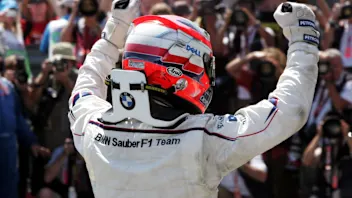 Tremayne'Why I’ll always have a soft spot for Sauber'
Tremayne'Why I’ll always have a soft spot for Sauber' WATCH: F1 Animated returns for a look back at 2025
WATCH: F1 Animated returns for a look back at 2025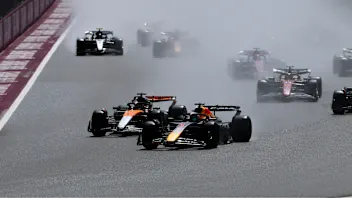 REVEALED: Your favourite race of the 2025 season
REVEALED: Your favourite race of the 2025 season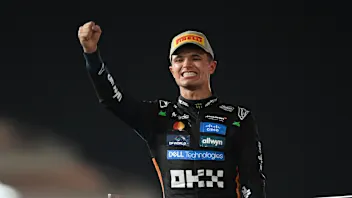 The elite group Norris joins as McLaren World Champion
The elite group Norris joins as McLaren World Champion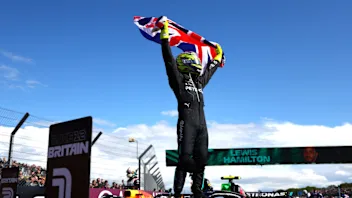 Quiz10 quiz questions on British F1 World Champions
Quiz10 quiz questions on British F1 World Champions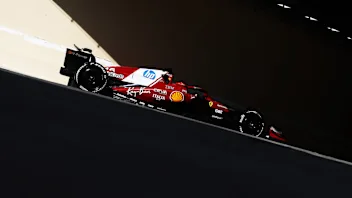 Ferrari confirm launch date for 2026 campaign
Ferrari confirm launch date for 2026 campaign
